When it comes to herbal medicine, there are a lot of options out there. With so many herbs to choose from, it can be hard to know where to start. Luckily, you’ve come to the right place. Let’s get into the best herbs for wellness and how to use them.
If you’re like me, you’re always looking for ways to improve your wellness routine. I’m constantly trying out new products and services, and I’ve always been interested in herbal medicine.
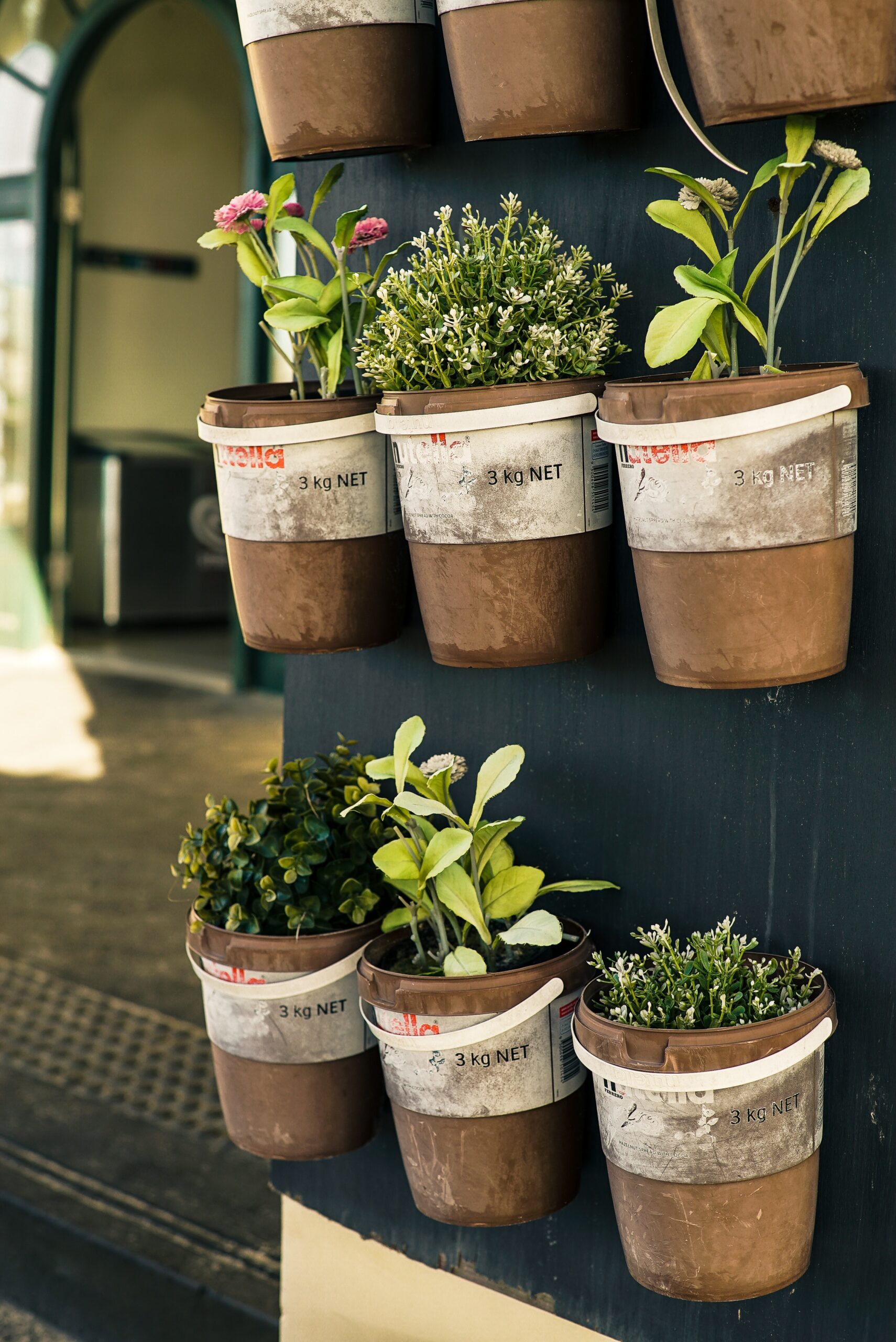
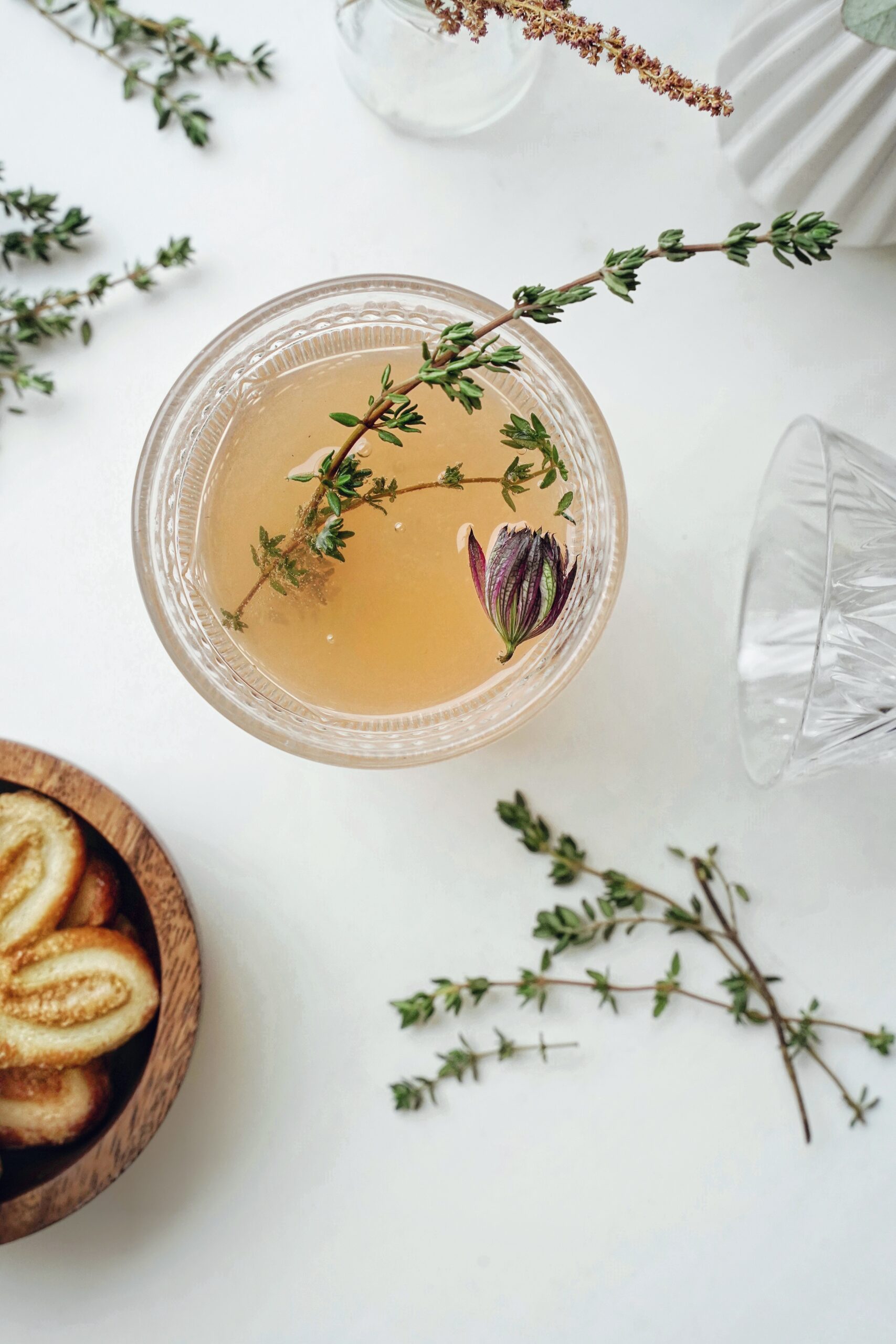
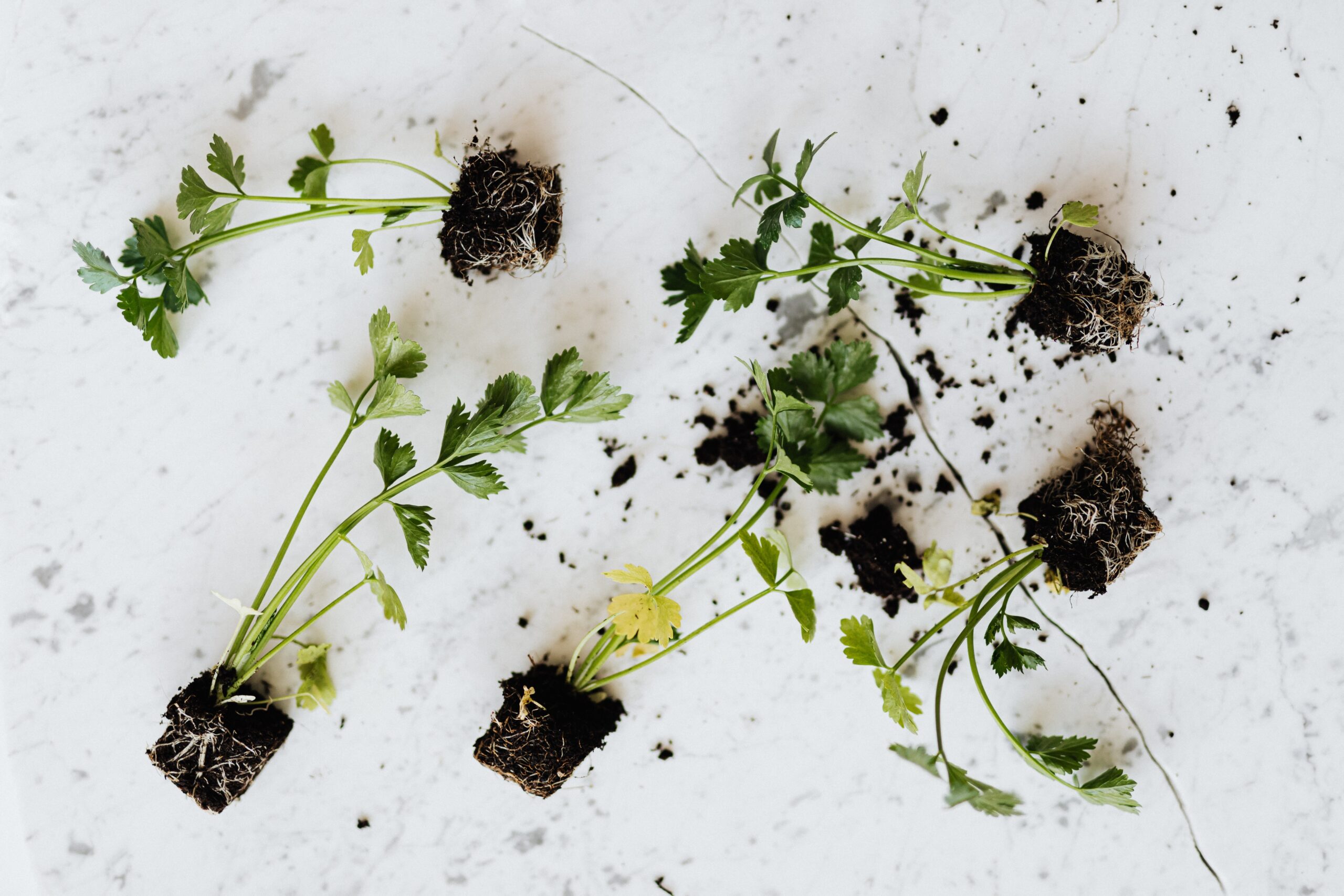
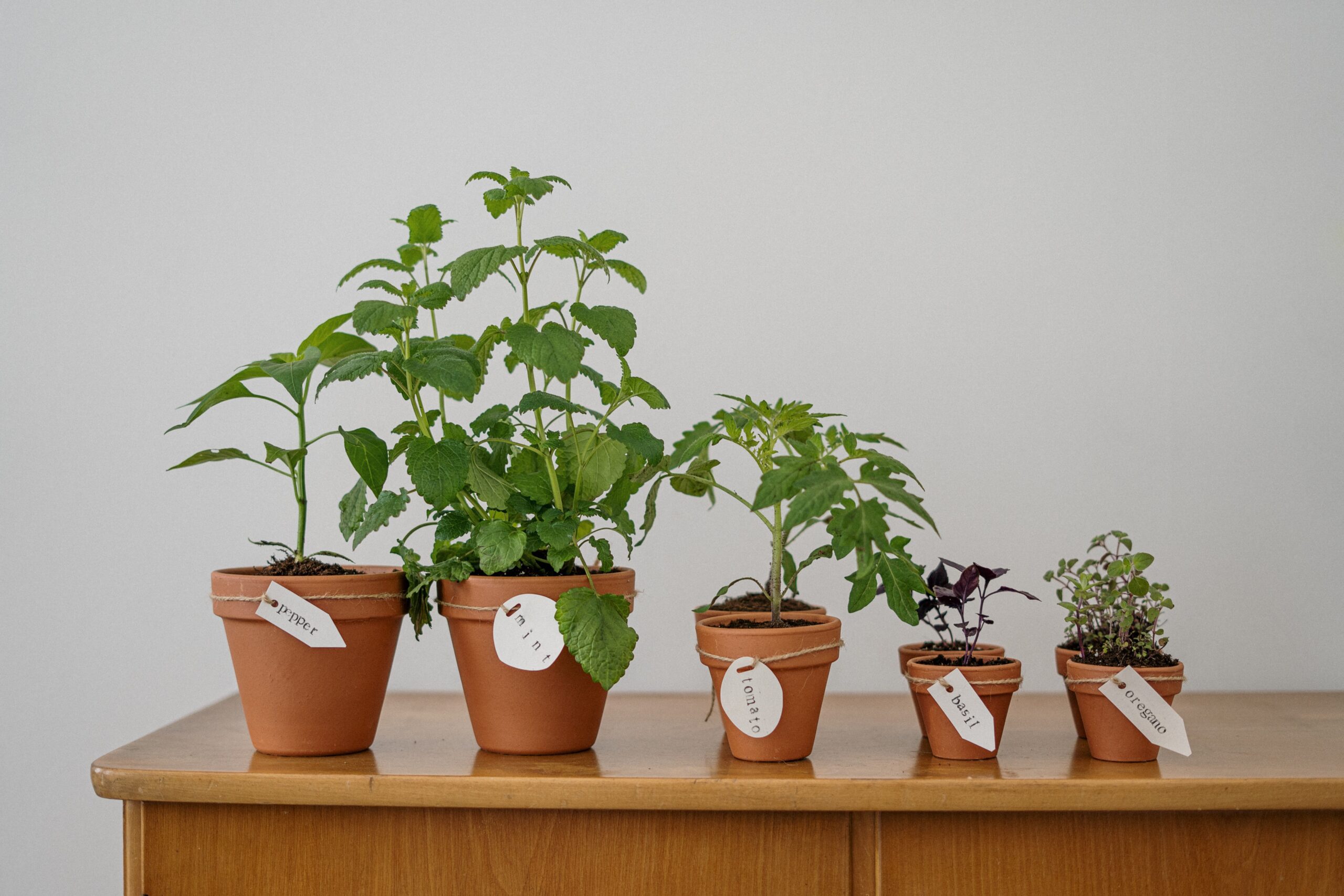
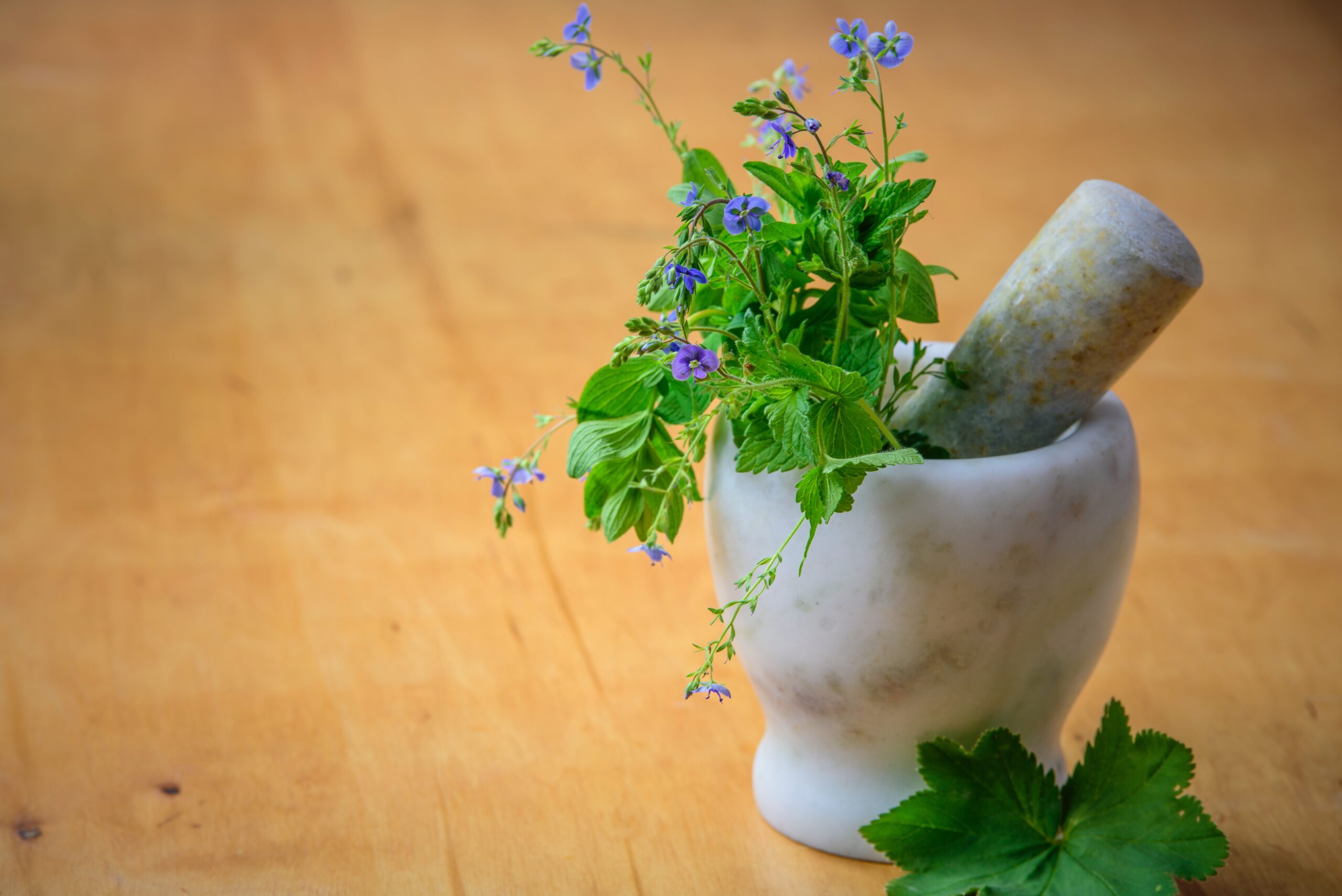
You can go the traditional Western medicine route, or you can explore more natural methods, like herbal medicine. It’s a great way to promote wellness because it is gentle on the body and has few side effects. Plus, it’s easy to find herbs for wellness at your local grocery store or farmers market.
There are a variety of herbs that can be used for wellness. Some of the most popular herbs include lavender, chamomile, and mint. These herbs can be used in a variety of ways, including teas, tinctures, and essential oils.
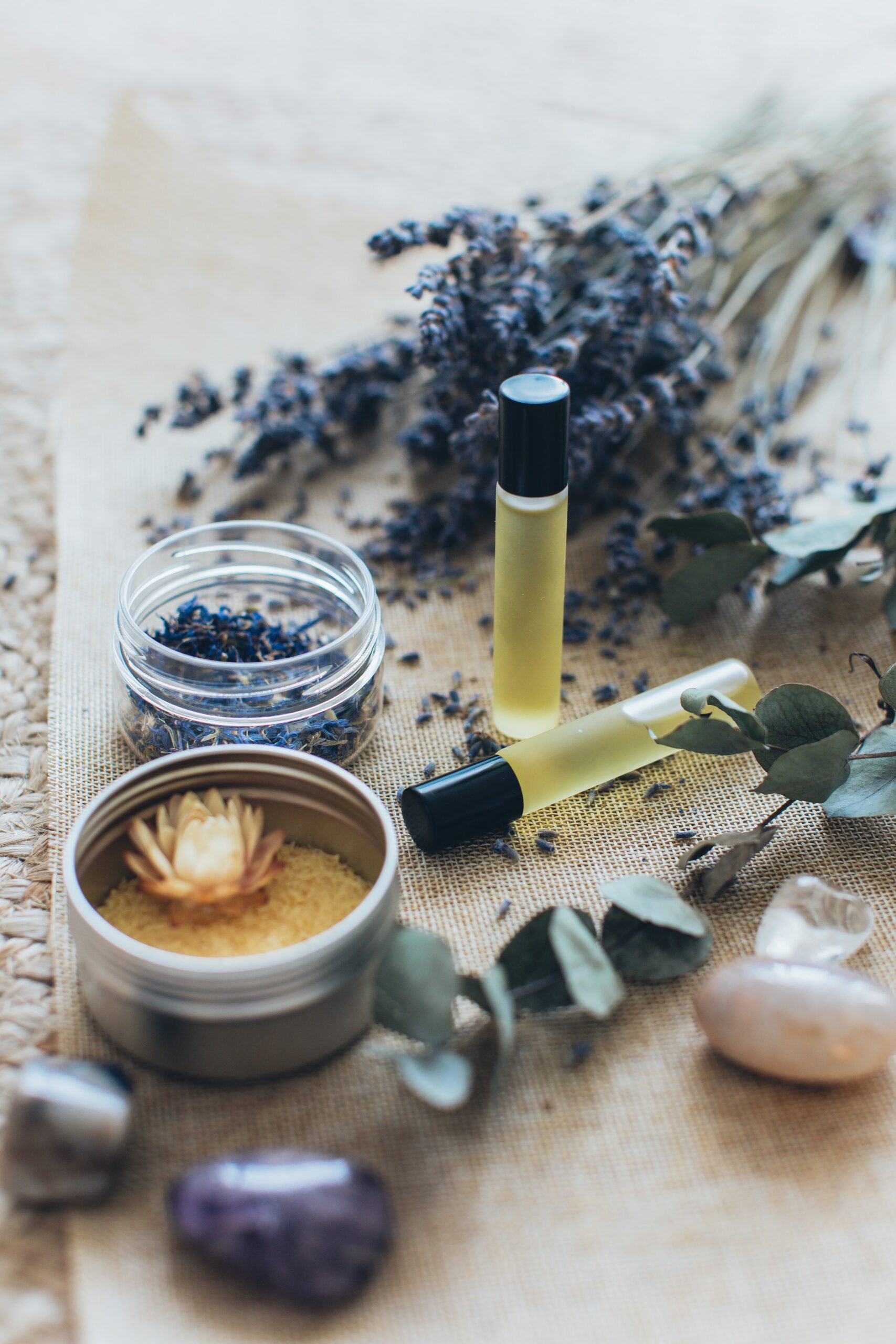
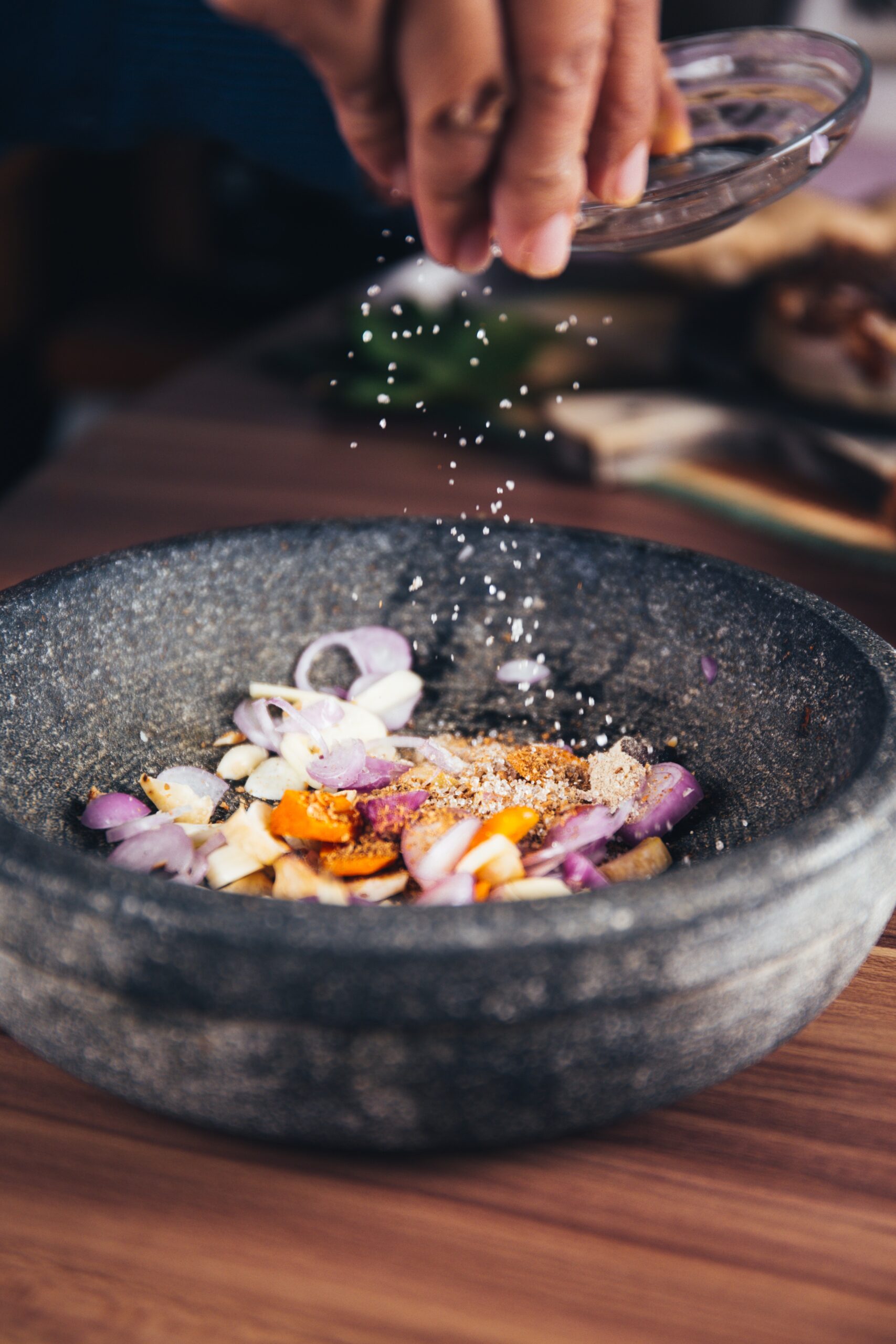
The Eight Best Herbs
Some of the best herbs for wellness include:
- Lavender: Lavender is a popular herb that can be used for relaxation and stress relief. You can add lavender to your bathtub or diffuser, or you can make a lavender tea by steeping a few sprigs of lavender in hot water.
- Rosemary: Rosemary is an herb that is traditionally used for memory enhancement and concentration. You can add rosemary to your food, or you can make a rosemary tea by steeping a few sprigs of rosemary in hot water.
- Peppermint: Peppermint is an herb that is traditionally used for digestion and nausea relief. You can add peppermint to your food or make a peppermint tea by steeping a few leaves of peppermint in hot water.
- Chamomile: Chamomile is a soothing herb that can be used to relieve stress and anxiety. It can be consumed as a tea or taken in capsule form. Chamomile can also be applied topically in the form of an oil or ointment.
- Lavender: Lavender is another herb that is known for its calming properties. It can be used in the same ways as chamomile.
- Ginger: Ginger is a versatile herb that can be used to treat nausea, vomiting, and indigestion. It can also help reduce inflammation and pain. Ginger can be consumed in tea or capsule form, or it can be applied topically as an ointment or oil.
- Peppermint: Peppermint is refreshing and invigorating. It can be used to treat headaches, nausea, and indigestion. Peppermint can also improve mental clarity and focus. Peppermint can be consumed as a tea or taken in capsule form. It can also be applied topically in the form of an oil or ointment.
- Basil: Basil is a delicious herb that has many health benefits. It can help improve digestion, lower cholesterol, and reduce inflammation. Basil can be consumed in tea or capsule form, or it can be added to food as a seasoning.
How To Use Herbs For Wellness
Now that you know some of the best herbs for wellness, let’s explore how to use them. As we mentioned before, herbs can be consumed in tea or capsule form, or they can be applied topically as an oil or ointment. Here are some tips for using herbs for wellness:
- Tea: Tea is one of the simplest and most popular ways to use herbs for wellness. To make a tea, simply add your desired herb (or herbs) to boiling water and let steep for 5-10 minutes. You can then drink the tea as is or add honey or lemon for additional flavor.
- Tincture: A tincture is an herbal extract that is made by soaking herbs in alcohol or vinegar. Tinctures are typically taken in small doses (usually 1-2 drops) and are absorbed quickly into the bloodstream. Tinctures can be made at home or purchased online or at health food stores.
- Essential Oils: Essential oils are concentrated versions of the natural oils found in plants. They are typically used in aromatherapy or topically applied to the skin. When using essential oils, it is important to dilute them with a carrier oil such as jojoba oil or coconut oil.
- Consuming Herbs: When consuming herbs in tea or capsule form, it’s important to start with small doses and increase gradually as needed. This will help you gauge your body’s reaction to the herb and avoid any unwanted side effects.
- Applying Herbs Topically: If you’re going to apply an herb topically, make sure you do a patch test first by applying a small amount of the herb to a small area of skin (like your wrist). If there is no adverse reaction after 24 hours, you should be good to apply the herb generously to the area of skin where you need it most.
- Storing Herbs: When storing herbs, it’s important to keep them away from light and heat so that they don’t lose their potency over time. Keep your herbs in a cool, dark place (like your pantry) in an airtight container (like a mason jar). This will help ensure that your herbs stay fresh and potent for when you need them most.
Ayurveda and herbs have long been thought to offer holistic treatment and benefit for so many ailments and health reasons.
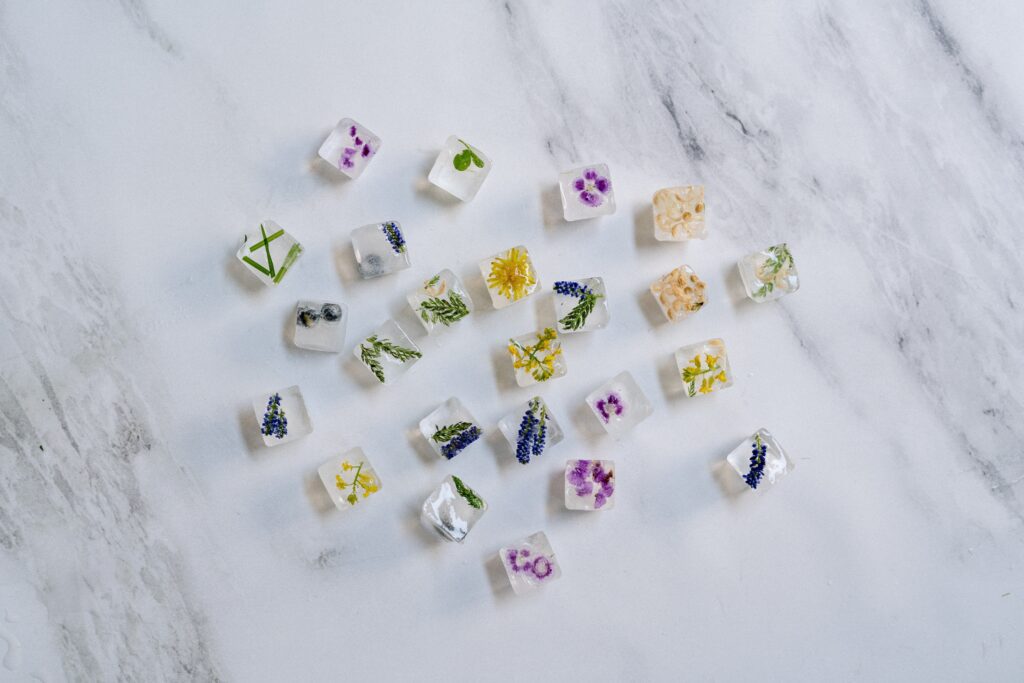
Our Favorite Lavender Herb Items
Pukka Organic tea has a combo of lavender, chamomile and valerian
Clinically tested essential lavender oil
Herbal medicine is a great way to promote wellness because it is gentle on the body and has few side effects—plus it’s easy to find herbs for wellness at your local grocery store! So now you can head on out to your favorite grocery store or farmer’s market and try out the best herbs for wellness. And you how to use them effectively. So next time you’re feeling under the weather or just need some extra relaxation in your life, reach for some chamomile tea or lavender oil—your body will thank you!
So whether you prefer tea, tinctures, or essential oils, there is an option out there for you. Experiment with different herbs and methods until you find what works best for you!
Here’s a breakdown on the 10 best foods for optimal health and wellness.
Comments +
The Very Best Herbs For Wellness
Health & Wellness